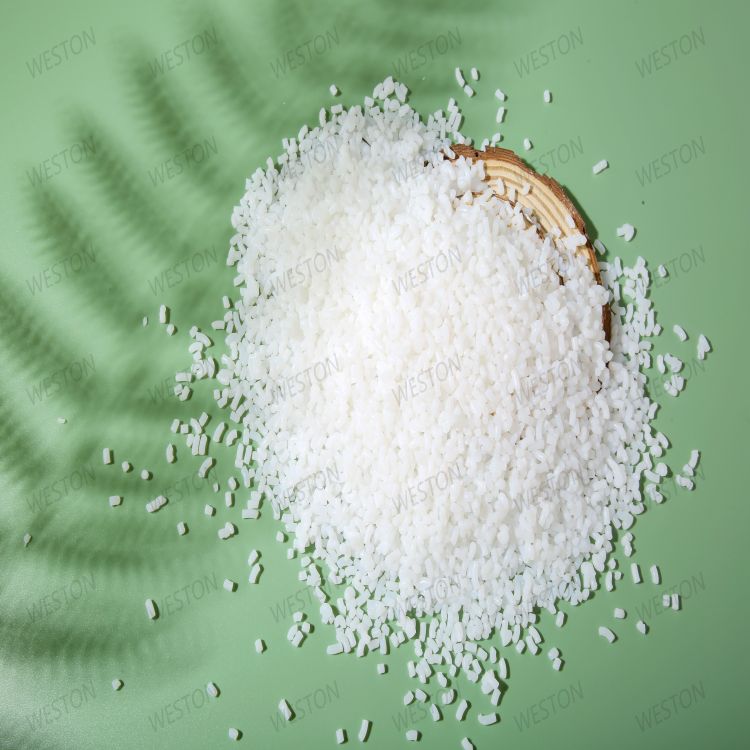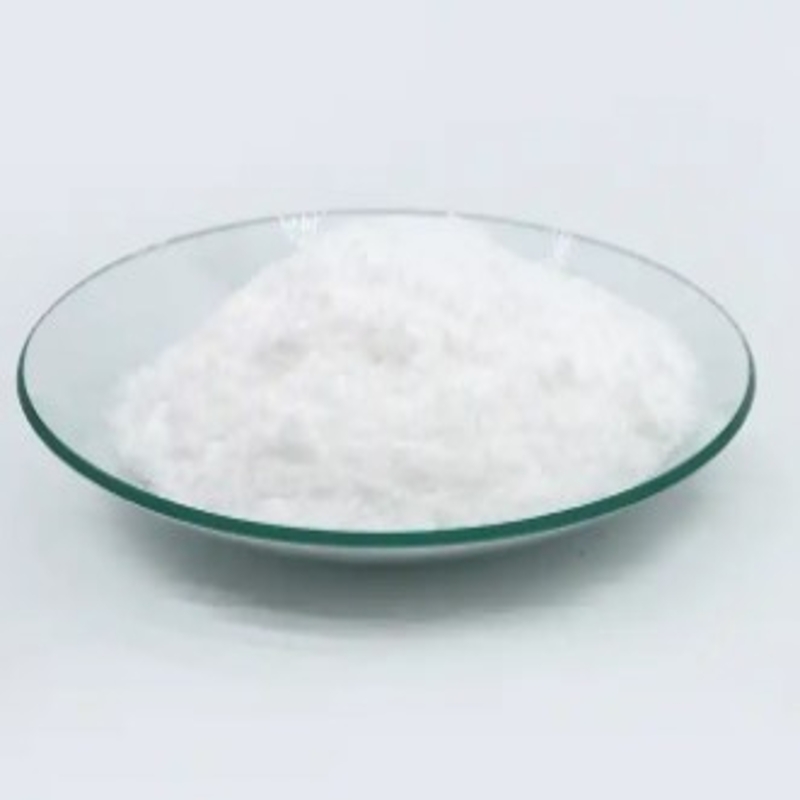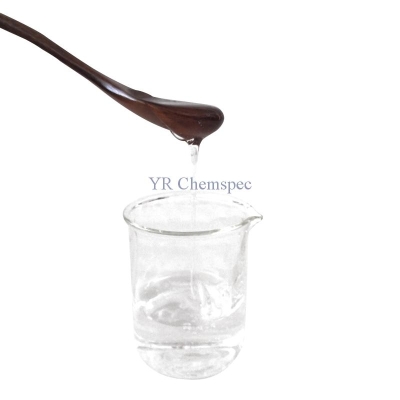-
Categories
-
Pharmaceutical Intermediates
-
Active Pharmaceutical Ingredients
-
Food Additives
- Industrial Coatings
- Agrochemicals
- Dyes and Pigments
- Surfactant
- Flavors and Fragrances
- Chemical Reagents
- Catalyst and Auxiliary
- Natural Products
- Inorganic Chemistry
-
Organic Chemistry
-
Biochemical Engineering
- Analytical Chemistry
- Cosmetic Ingredient
-
Pharmaceutical Intermediates
Promotion
ECHEMI Mall
Wholesale
Weekly Price
Exhibition
News
-
Trade Service
Recently, Professor Zhang Sheng of the School of Chemical Engineering of Tianjin University and Professor Andre Heim, winner of the Nobel Prize in Physics at the University of Manchester in the United Kingdom, and others have confirmed that the selectivity of hydrogen ion transport in two-dimensional materials such as graphene and boron nitride is 100%, and found that mica can be used as a high-temperature proton exchange membrane
for fuel cells.
These two research results are expected to promote the commercialization of
hydrogen fuel cell vehicles.
The research team prepared a micron-sized monolayer of boron nitride films, and experiments found that the current through the boron nitride films was all generated
by hydrogen ion conduction.
Further research has found that although graphene, boron nitride, etc.
have the performance of only allowing hydrogen ions to pass through, their transmission resistance is high, and the conduction rate of hydrogen ions is slow, which is not suitable for commercial promotion
.
To this end, the research team developed a new proton conduction membrane material with high proton conductivity - mica film
.
It is found that the proton conductivity of the treated mica film is greatly improved, and the use temperature is extended from 100 °C to 500 °C, which is very promising
.
The study also found that under the condition of 150 °C, the mica membrane proton conduction exceeds the current commercial requirements by 2 times, and after it is used in fuel cells, the driving range of the car will be greatly improved
.







